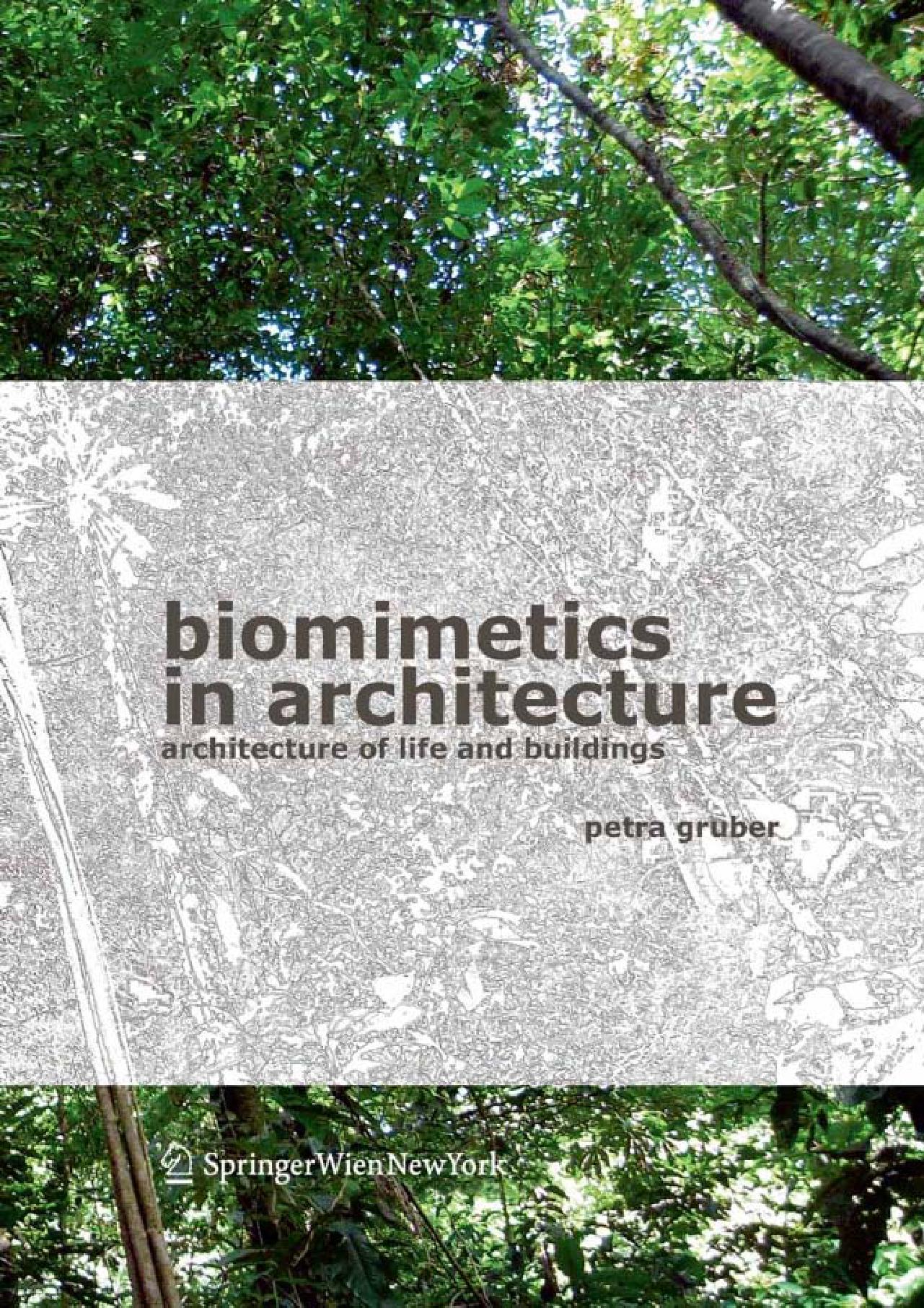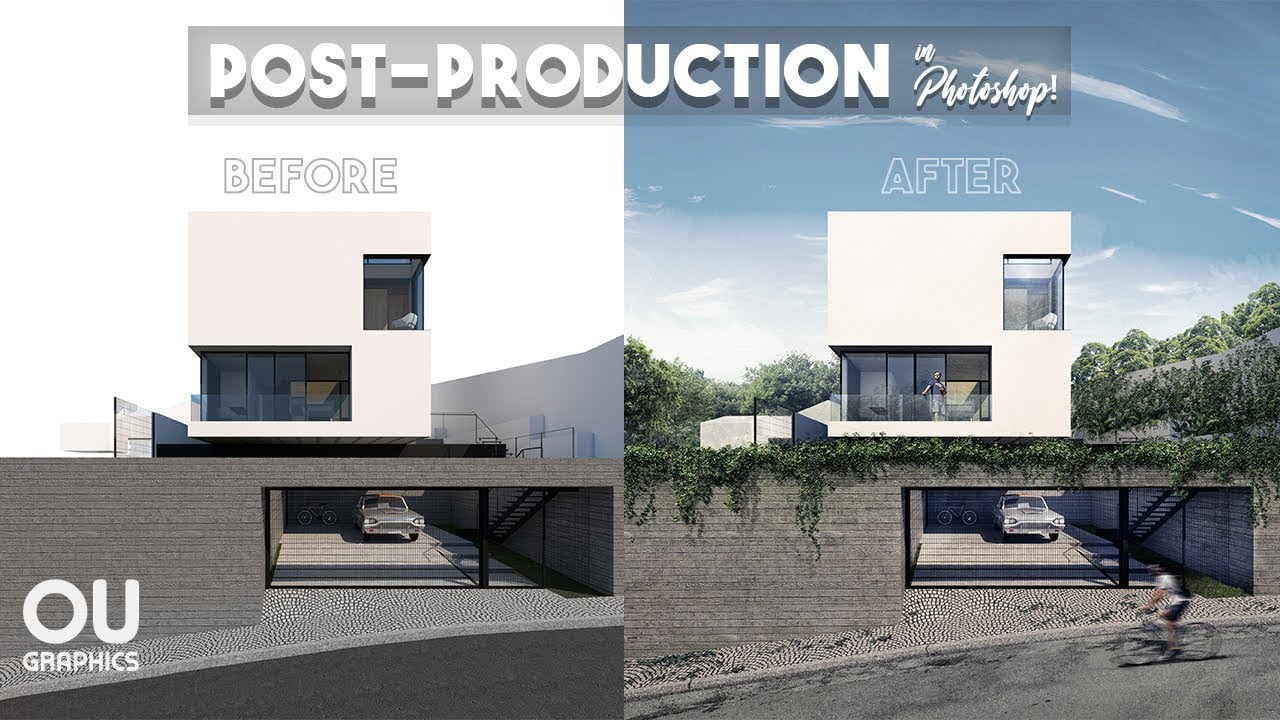
1. INTRODUCTION
The aim of the project biomimetics in architecture – architecture of life and buildings – is innovation in architecture. The purpose of investigating the areas common to architecture and biology is not to draw borders or make further distinctions, or even to declare architecture a living organism, but to clarify what is currently happening in the overlapping fields. The accumulation of knowledge of individual examples is less important than the investigation of the methodology of translating knowledge gained from nature into technical solutions. The objective is to employ biomimetics as a tool in architectural design. The fields in architecture where this is applicable and necessary are diverse. Innovation will help to solve current problems in architecture and environment, and new fields of architecture and design will be explored, e.g. space design.
The strategic comparison with biological paradigms will help identify areas for innovation. Best of all, biomimetics in architecture will help develop a culture of active environmental design.
This book entitled “Biomimetics in Architecture – Architecture of Life and Buildings” (Architekturbionik – die Architektur von Bauwerken und Lebewesen) gives a broad overview of overlapping areas in the fields of biology and architecture, investigating the field of what is called biomimetics in architecture (Architekturbionik).
A comprehensive comparative study of these overlapping areas has not yet been carried out. Numerous people have already delivered contributions to the connections between architecture and biology. Many such approaches have provided successful architectural developments.
Werner Nachtigall has compiled a vast collection of examples and made a heroic attempt to order the field of biomimetics as a whole. In his works “Baubionik” and “Vorbild Natur, Bionik-Design für funktionelles Gestalten” he concentrates on issues around design and building. Frei Otto and his group have tried to give architects and engineers a view on what he called “Natürliche Konstuktionen” and developed an experimental approach to natural design. Otto Patzelt has compared growing and building in “Wachsen und Bauen”.
The Russian Juri S. Lebedew in the 1960s wrote the only comprehensive work done so far on “Architekturbionik”. Recent developments in biomimetics in Germany and the UK occasionally touch architecture, but no comprehensive effort is being made.
The new approach carried out here transfers the biological characteristics of life onto the built environment and thus architecture.
In order to make the topic accessible to architects the basics of life sciences are presented, which cannot be omitted when dealing with nature and natural role models for design. An overview of the present state of research in the relatively young scientific field of biomimetics shows the potential of the approach.
Methods used for this investigation are diverse. Literature research, conference organisation and participation, and expert interviews were carried out.
Data for the case study about traditional architecture in Nias was collected in two field trips, with extensive architectural documentation and narrative interviews. The processing of the data was done with architectural and engineering tools. Students design projects in different intensities delivered examples for the biomimetic approach in architecture. Another case study in space architecture based on literature research and design studies in workshops was also carried out.
The basic assumption of the research is that the study of the overlapping fields of biology and architecture will show innovative potential for architectural solutions.
The important questions are: Can the combination of the biological characteristics of life and the built environment offer new solutions for more appropriate, more sustainable architectural designs?
Can the new approach – searching for life’s criteria in architecture – provide a new view of architectural achievements and make visible innovative potential that has not yet been exploited?
Why is it important to deal with architecture and biology?
Growth of cultural landscape
At the beginning of 2007, 6.6 billon people are living on earth.6 Almost all of them live in cultural landscapes. We have managed to transform the natural environment to fit our needs in many respects. About half of the world’s population lives in densely populated urban areas. Built environment has replaced the former natural environment as
man’s “normal” surrounding.
Therefore the design of the built environment is becoming more and more important. Qualities that in former times could be found in nature have to be introduced into the artificial, cultural, or social, environment, in order to maintain quality of life and biodiversity.
Architecture is mainly concerned with the built part of our environment, but must also refer to spatial planning on a larger scale.
Environmental concern
Together with the growth of the world’s population, the rapid development in technology and economy creates an enormous impact on the environment as a whole. The building industry’s, and thus architecture’s, share in the developments which are listed below are considerable:
- Natural land loss and irreversible destruction of biodiversity
- Exploitation of raw material
- Extensive use of energy
- Production of waste
- Emissions into soil, water and air
Architecture has to adapt to environmental changes.
If pollution continues, architecture will in the future have to provide shelter from a potentially hazardous future environment.
The investigation of biology and natural processes makes architects aware of the ongoing processes and the influence they can achieve.
Technology
Technological progress provides different means of planning and building, and has opened up opportunities, which allow a more generous interpretation of architecture in terms of functionality and mediation between humans and their environment. Current developments show an increase of life’s criteria being implemented into architectural projects.
There seems to be a transition in architecture from providing unsophisticated shelter to a smart third skin for humans.
Sick building syndrome – sick environment syndrome
The discovery of the “Sick Building Syndrome” has led to intensive research and development in the sector of building automation and technology integration. The “Sick Environment Syndrome” has not yet been defined as a cause of illness, but their own concern will hopefully lead humans to pay more attention to ecology in the future.
Other future environments
Both the expansion of civilisation on Earth and space technology have introduced new environments already dealt with by architecture. Until recently only functionality and materials were considered when designing for extremely hostile environments.
Once long duration missions are undertaken human factors have to be considered and these need to be answered by architectural means The different nature of space environments requires innovative architectural approaches, which will then influence architecture on earth.
Innovation
The only way to solve some of our building-related problems is through innovative solutions. Role models taken from nature, which have developed over many years can enhance innovation.
Criteria of life
Life has been introduced into architecture discussion, but life itself evades precise definition. Criteria of life attempt to provide a definition of life that covers the whole of contemporary understanding of life in its many manifestations. Offering all possible starting points for comparison and transfer, the paradigm of life’s criteria is perfect for investigation of overlaps between biology and architecture.
Transfer of biological criteria of life to architecture – spin off
The transfer of biological criteria of life to architecture requires discussion of areas, where biology and architecture actually meet. Instead of staying in the centre of each discipline, the boundaries have to be explored – in order to find that these fields are not as distinct as they seem to be.
The examination of the overlapping fields will hopefully result in further mutual understanding, convergence of disciplines and common action.
2. BACKGROUND
For this interdisciplinary investigation it is necessary to define and describe the fields of both architecture and biology to provide the essential background.
2.1 ARCHITECTURE
“[Architecture is] the art or practice of designing and constructing buildings…
The complex or carefully designed structure of something”
The second definition taken from the New Oxford
American Dictionary already characterises the “nature” of architecture. The discipline that puts material or immaterial things in order is called architecture in many fields, not only in the classic architecture of building. There is a basic architecture in the design of life and organisms, and even in information technology we use the word architecture when describing the basic layout of computer programs.
What is architecture? What is not architecture? About projects, constructions and structures
Architecture is interpreted here as a widespread profession engaged in the design of the built environment. It includes design on all levels of scale, from urban and regional planning to small building projects. It is not exclusively referred to as “proper” architecture, which is designed by architects, but as a general term standing for the material structure that defines space and enables interaction.10 Architecture contains life. As Kaas Oosterhuis says, “architecture becomes the discipline of building transactions”: it is about to move beyond containing activity, taking an active role, not only influencing but interacting with living systems.
Making architecture is about making projects.
“Project” has a wider meaning than a common intention or plan to do something. In architecture, projects are building tasks, which may already have been completed, or are still in “project phase” existing on paper (or encoded on hard disks), waiting for realisation, or having been already abandoned.
The term does not refer to a specific size or scale.
As innovation is the focus in this discussion, we will also take into account unbuilt projects, if they are important to illustrate developments in architecture.
Some unbuilt projects became very famous in architecture history as exemplary designs. Being unbuilt, and often described only roughly, these projects on one hand still provide space for vision, and on the other hand the basic idea is not yet spoiled and watered down by the needs of execution. Frederic Kiesler’s “Endless house”, for example, was never built, but served as a kind of asymptote for many other attempts at organic space. Buckminster Fuller’s visualisation of a transparent dome over Manhattan is tempting for anyone dealing with lightness in design, but still impossible to realise.
The exactitude of expression is difficult to maintain in the process of application and execution, but this is also one of the big challenges in architecture.
Most interesting in the context of biological paradigms for architecture are projects which show a strong interrelation between form, function and structure or construction, so load bearing is a key function and will therefore be focused on.
“Construction” and “structure” are commonly used for elements of architectural projects which have to fulfil tasks of load bearing. The differentiation between construction and structure is somehow connected to that of structure and material.
Following Jim Gordon: “Structures are made from materials and we shall talk about structures and materials; but in fact there is no clear-cut dividing line between a material and a structure.”12 In common use, a construction is something which has to be put together, typically a large element.
The term structure is used in a more abstract notion, when we are talking about load bearing for example, but can as well be used for any important ordering element (which could be abstract), or a discernable pattern, even surface patterning.
2.1.1 Which architectures are important in this context?
When focusing on development and progress, we have to think about tradition and technology as well as innovation and experiment. The architectural examples which will be used to illustrate the theoretical framework cover the gap between traditional building typologies that have developed over a long time and new designs that contain innovation of some kind. Many projects have come to be classic examples for their time or the technology they represent.
So when considering an imaginary scale of innovation, the two extremes are interesting: the typologies, where innovation has almost come to an end in a long optimisation process, and the projects, advancing development and innovation.
Case studies performed by the author or done under her guidance will be used to explain specific aspects of a biomimetic approach to architecture in detail.


